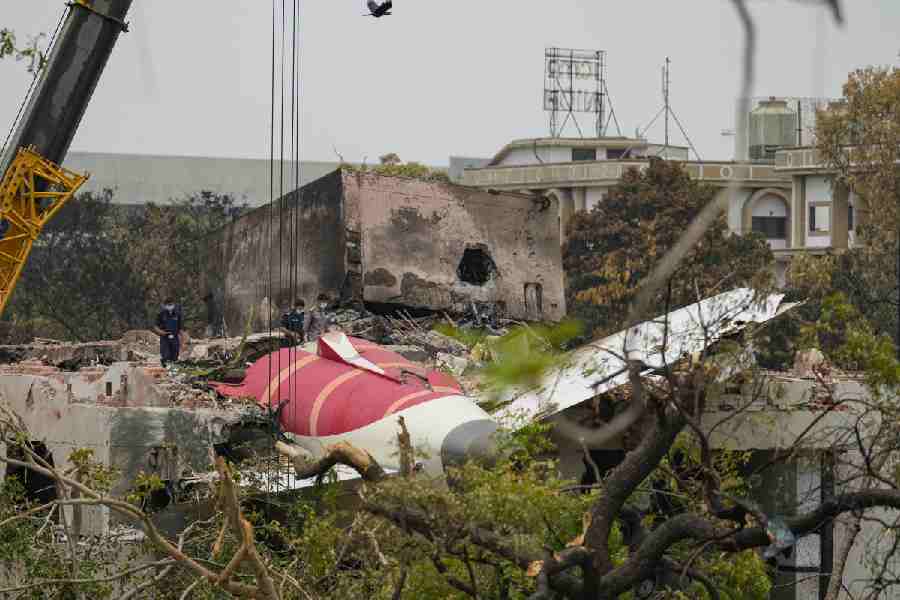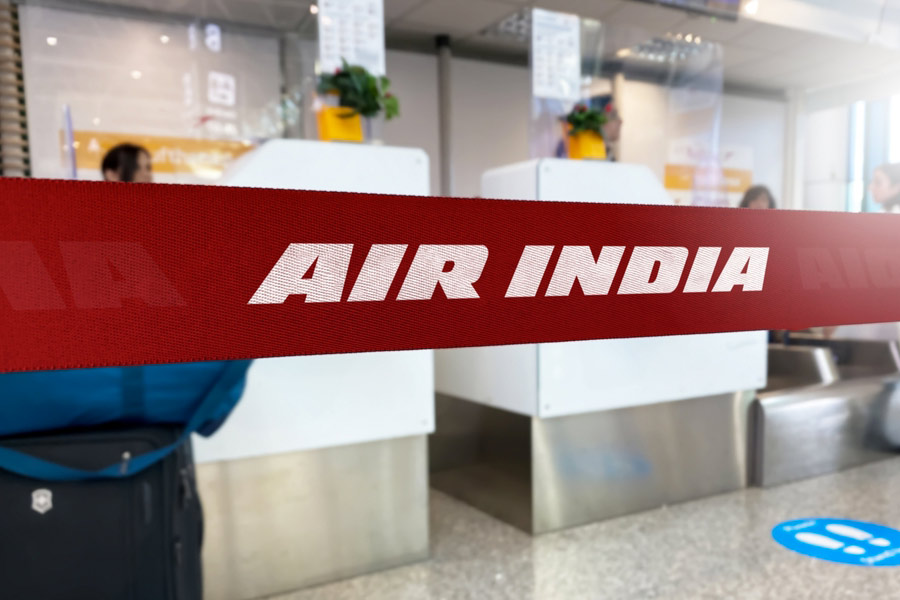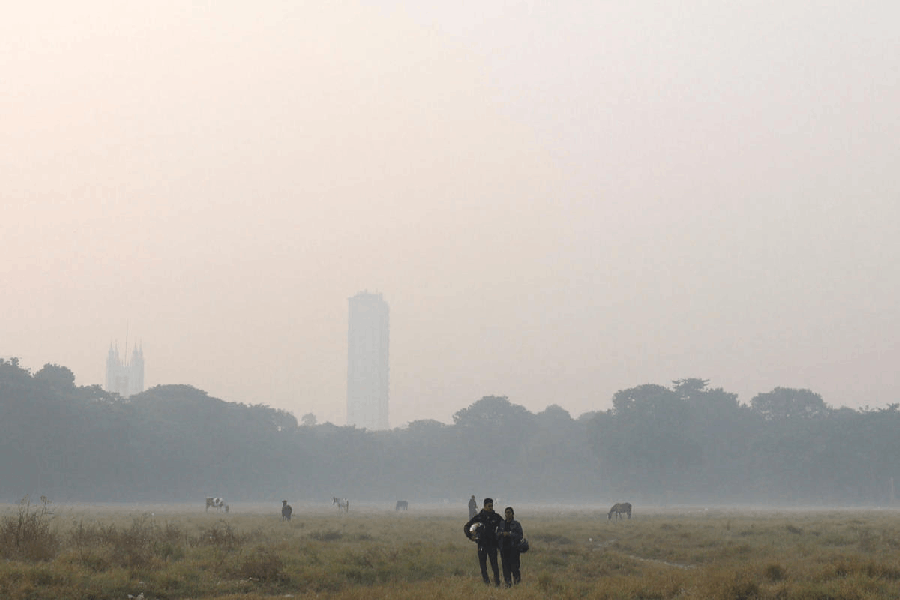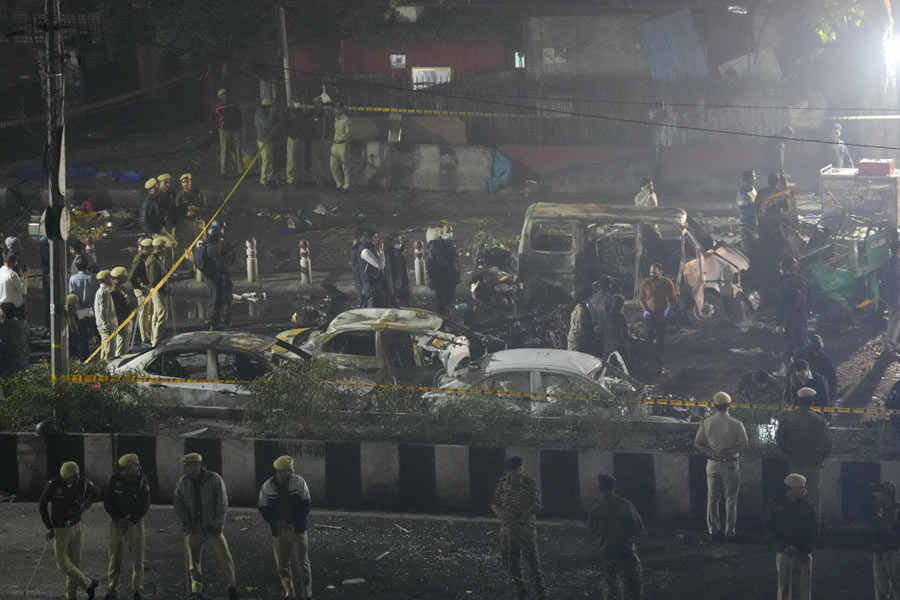The catastrophic crash of Air India Flight 171, a Boeing 787 Dreamliner, has raised urgent questions about a plane long dogged by safety concerns – including, specifically, aircraft delivered to India, says The American Prospect, a well-regarded independent U.S. publication.
The jetliner, en route to London, fell out of the sky just after takeoff from Ahmedabad airport on Thursday, slamming into a medical student hostel.
Air India pilot Sumeet Sabharwal and co-pilot Clive Kundar issued a “mayday” call to Air Traffic Control (ATC) after the aircraft began an abrupt descent after reaching an altitude of 625 feet. Video footage shows the plane sagging mid-air, nose up, suggesting a catastrophic loss of power.
Two people that The American Prospect said were “deeply familiar with the Charleston 787 plant” told the publication they had grave concerns about the quality of 787s sent specifically to Air India.
Cynthia Kitchens, who worked at Boeing between 2009 and 2016, kept extensive notes and photos on what she called the “nonconformances” that haunted her. Of 11 particularly worrying planes she tracked, six went to Air India.
Former quality managers described a culture where warnings were ignored, flaws were hidden, and dangerous debris was routinely left inside engines and wiring systems, said The American Prospect, a magazine known for its fact-checked investigations into business and government accountability.
The Dreamliner that crashed in Ahmedabad was delivered in early 2014 from Boeing’s now-closed Everett, Washington assembly line, but key sections of its fuselage came from Charleston, South Carolina – the plant at the heart of the quality-control controversy.
The delivery occurred just months after the network Al Jazeera aired an undercover documentary alleging dire conditions at Charleston. That film, cited in The American Prospect’s reporting, captured workers secretly admitting they wouldn’t let family members fly on the jets they were building. Kitchens recalled a company meeting where management encouraged staff to identify anyone caught on hidden camera criticising the factory.
“I raised my hand and said, ‘No one who works in this factory wants to fly these planes’,” Kitchens recounted. Investigators from the documentary said employees were especially anxious about three planes scheduled for Air India in early 2014.
All were sent to Everett for rework before delivery due to significant flaws, The American Prospect said. The Air India Dreamliner that crashed took off from the Everett airport en route to Delhi for the first time on January 31, 2014 as a VT-ANB Air India Boeing 787-8 Dreamliner
Years earlier, Kitchens said she had asked a boss if he would let his children fly on a plane with the litany of flaws and non-conformances he was urging her to “pencil-whip”:
“Cindy, none of these planes are staying in America, they’re all going overseas,” he replied.
Until now, the Dreamliner had enjoyed a clean fatality record.
In a brief statement following the crash, Boeing said it was “working to gather more information.” The airline has repeatedly insisted that its aircraft are safe.
Deliveries of the Dreamliners were paused for over a year, only resuming in mid-2022 after US aviation regulators approved a Boeing plan to fix a string of quality-control issues. Among them: ultra-thin gaps in the plane’s fuselage skin, and titanium parts that were made from the wrong alloy.
At the time, Boeing insisted that none of the flaws posed an immediate threat to safety.
But then in 2023, the US Federal Aviation Authority (FAA) opened a new investigation after a Boeing engineer-turned-whistleblower alleged that critical sections of the fuselage may have been improperly fastened during assembly. That could lead, the engineer warned, to structural failure over years of repeated pressurisation cycles.
Boeing firmly rejected the allegations, saying extensive testing showed no evidence to support the claim. It pointed to a prototype 787 that had endured 165,000 simulated flight cycles – far more than any plane would fly in its lifetime – without showing signs of fatigue.
John Barnett, a former Boeing quality manager with almost three decades of experience at the company, said he had been deeply disturbed by what he alleged were “insane” safety breaches at the Charleston plant.
In 2019, he and other people who had worked at the factory raised concerns about various practices, including the improper routing of wires and manufacturing tools and debris left inside planes. Before his 2024 death – ruled a suicide by the coroner – Barnett had a grim prediction: Dreamliners wouldn’t fall from the sky immediately. It would take 10 or 12 years for all the overlooked flaws to catch up. As The Prospect article noted, Air India took delivery in early 2014 of the Dreamliner that crashed in Ahmedabad.
India’s aviation safety regulator, the Directorate General of Civil Aviation (DGCA), issued on Friday tightened inspection guidelines for Air India’s Dreamliner fleet.
Foreign Object Debris, or FOD, was allegedly implicated in a massive engine fire aboard a 787 test flight in 2010, and another test flight in Charleston in 2016, according to The American Prospect.
The Dreamliner was Boeing’s first new commercial jet designed entirely from scratch since its ill-fated 1997 merger with McDonnell Douglas and much of the work was outsourced.
The merger was widely blamed by critics for instilling a profit-at-all-costs culture inside Boeing. Unlike its predecessors, the Dreamliner was built from advanced lightweight composite materials that engineers said could also hide dangerous structural flaws.
According to whistleblowers, workers were allegedly pressured to cut corners, overlook defects, and install malfunctioning parts just to keep deliveries on schedule.
Subcontractors reportedly introduced fake or substandard components onto the assembly line. Boeing denied these allegations.
In 2020, Italian investigators alleged that an Italian subcontractor supplied faulty parts for Boeing between 2018 and 2020. The supplier was said, according to court documents, to have passed repeated audits while allegedly using low-grade materials.
A now-defunct Norwegian airline claimed in a 2020 lawsuit, blaming Boeing for its demise, that it had been forced to divert flights and cancel whole routes due to engine problems involving the Dreamliner.
The lawsuit stated that Norwegian Air Shuttle ASA “has been forced to remove its Dreamliner 787 engines for maintenance hundreds of times – far above what is normal or expected – and has also experienced engine start malfunctions, worn turbine blades, and early deterioration of compressors that have required unscheduled replacements, shorter on-wing life, and more regular inspections.”
The lawsuit also charged that “Boeing’s own employees repeatedly complained that the 787 manufacturing process was so rushed that foreign object debris was routinely left inside finished aircraft, including tools, metal shavings, and even an entire ladder. Boeing employees pleaded with the company that sloppy work risked operational problems and failures.”
“Boeing ignored all of these concerns, as well as multiple whistleblower complaints filed by employees, and pressed ahead in a rush to get the 787 to market,” the lawsuit went on to allege.













